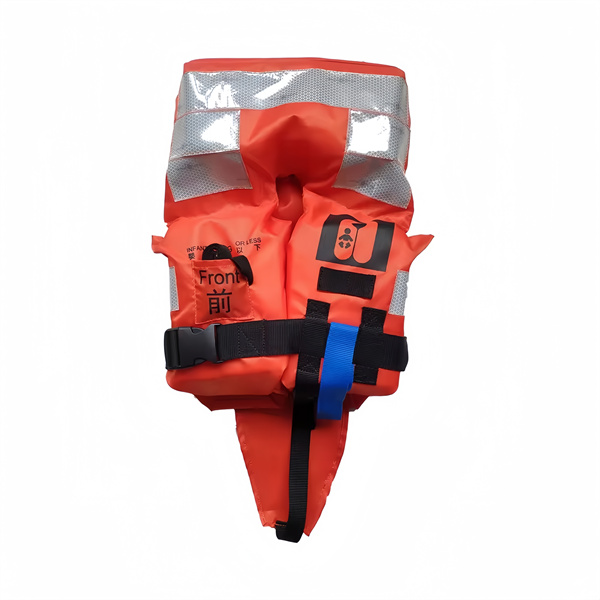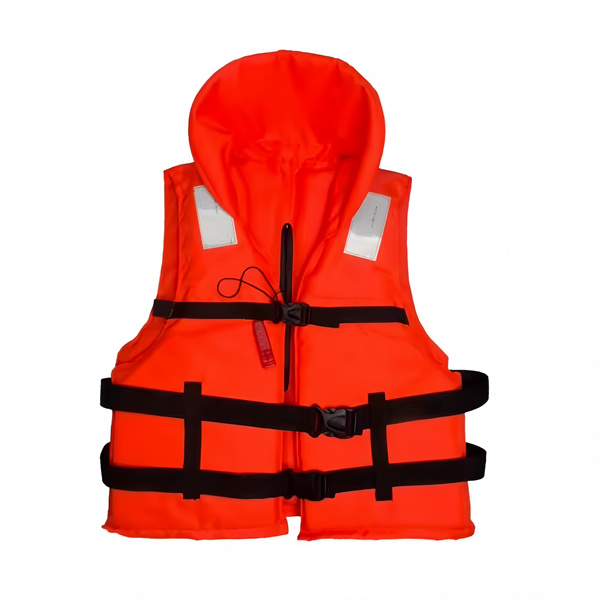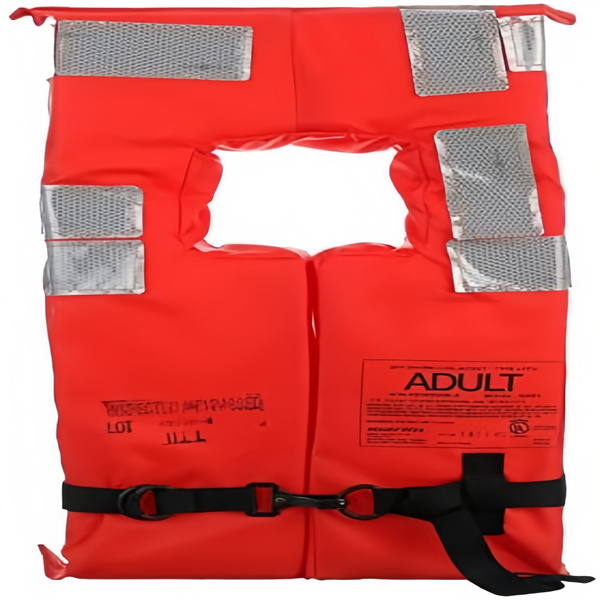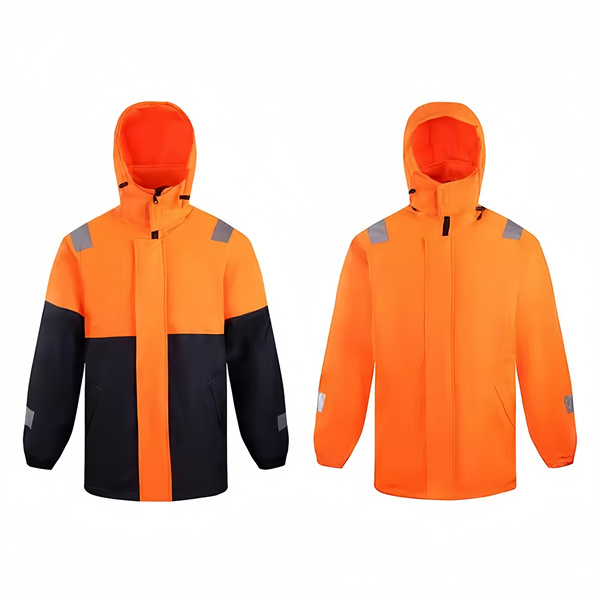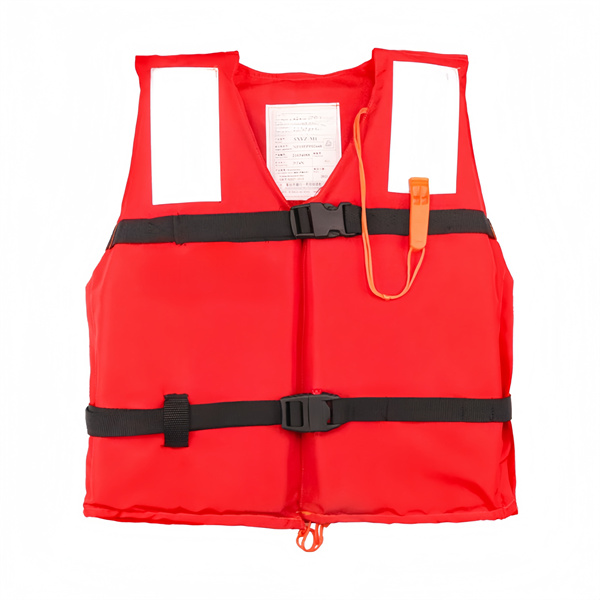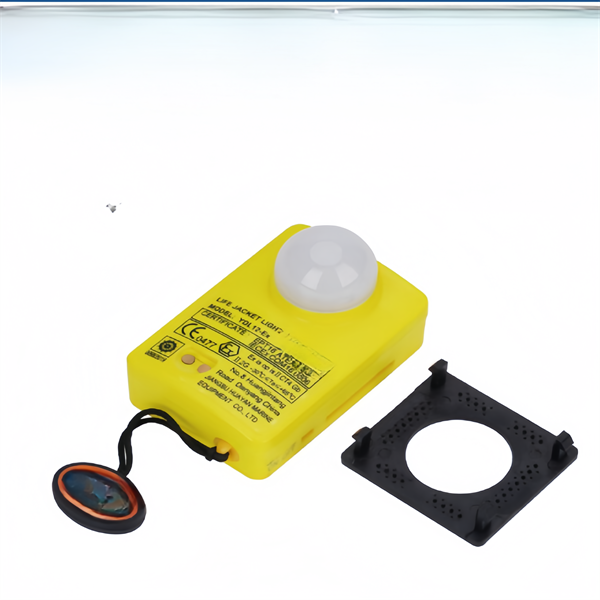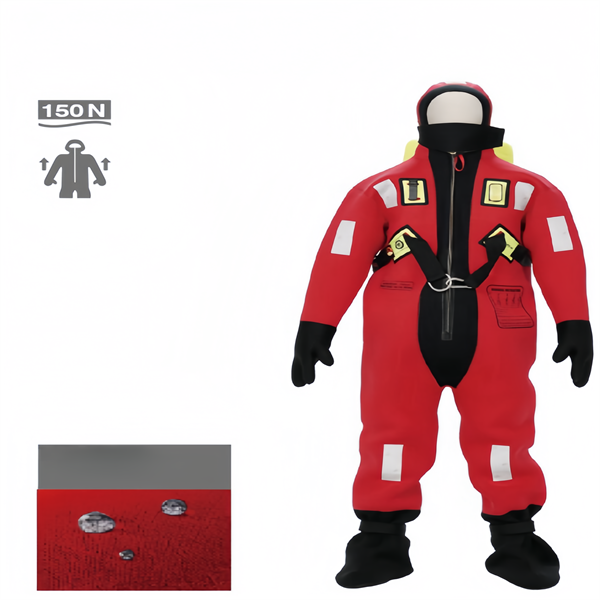What are Key Innovations in Personal Flotation Devices
Personal Flotation Devices (PFDs) are essential safety equipment for anyone engaging in marine activities, from casual boating and fishing to extreme water sports like kayaking, sailing, or jet skiing. Over the years, the design, functionality, and materials of PFDs have evolved significantly, driven by technological advancements, user demands for comfort, and an increasing focus on safety. In this article, we explore the key advancements in personal flotation devices and how they have revolutionized water safety for marine enthusiasts.
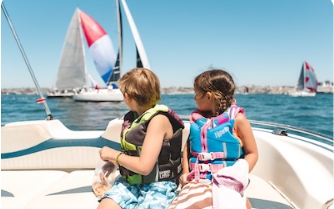
The Evolution of Personal Flotation Devices
This chart highlights the major milestones in the development of personal flotation devices, showing how technology has improved their safety, comfort, and environmental impact over the years.
| Era | PFD Type | Materials Used | Key Features | Safety & Comfort Improvements |
| Early 1900s | Manual/Traditional Life Jackets | Cotton, Cork, Canvas | Basic flotation, bulky design, limited mobility | Minimal comfort, heavy, lacked adjustable features |
| 1950s-1960s | Foam-based Life Jackets | Foam, Nylon | Better buoyancy, lightweight compared to earlier models | More comfortable, but still bulky and restrictive |
| 1970s-1980s | Inflatable PFDs | Nylon, Polyester, Inflatable Chambers | Compact, lightweight, stored small until inflated | Comfortable, less bulky, more mobility, but manual inflation |
| 1990s | Hybrid PFDs | Foam + Inflatable Chambers | Combination of foam and inflation for continuous buoyancy | Increased reliability, dual buoyancy, more ergonomic |
| 2000s-Present | Smart PFDs | Various synthetic fabrics, Sensors, GPS | Built-in sensors, GPS, emergency alerts, health monitoring | High-tech safety, comfort, and real-time alerts for emergency situations |
| Current Trends (2020s) | Eco-friendly PFDs | Recycled Fabrics, Biodegradable Foams | Sustainable materials, durability, still compact and effective | Minimal environmental impact, lightweight, and durable |
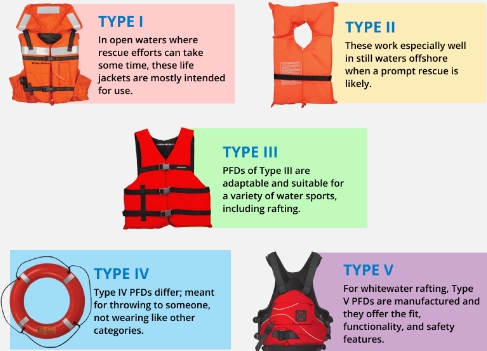
Key Advancements in Personal Flotation Devices
1. Inflatable PFDs
One of the most significant advancements in personal flotation devices has been the development of inflatable PFDs. Unlike traditional foam-based life jackets, inflatable life jackets are compact, lightweight, and comfortable to wear for extended periods. These devices can be manually or automatically inflated, providing buoyancy when submerged in water.
Key Advantages
- Compact and Lightweight: Inflatable PFDs are smaller and lighter than traditional foam models, making them ideal for users who require mobility or comfort during long hours on the water.
- Higher Buoyancy: Once inflated, these devices provide superior buoyancy compared to foam-based PFDs, ensuring users can stay afloat in even challenging conditions.
- Reduced Bulk: Inflatable PFDs are easy to store and do not take up much space, making them convenient for users with limited storage or those engaged in activities where weight is a concern.
Inflatable PFDs are increasingly popular for activities like kayaking, fishing, and paddleboarding, where ease of movement is essential. Their ability to provide buoyancy only when needed also contributes to a more comfortable experience in non-emergency situations.
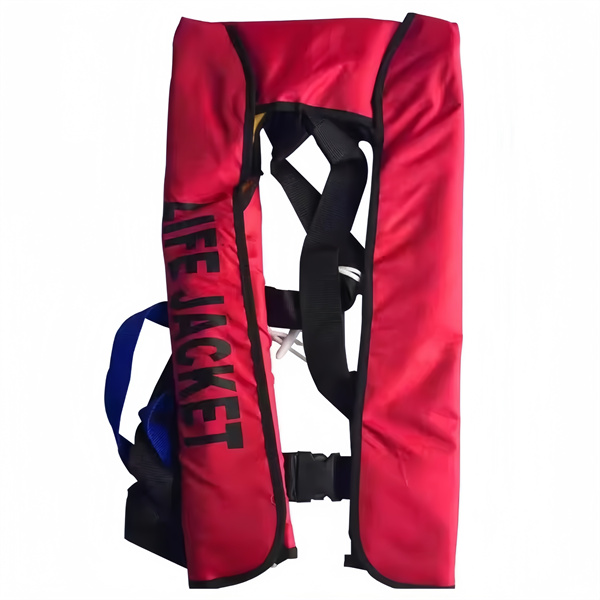
2. Hybrid PFDs
To offer the best of both worlds, hybrid PFDs combine foam-based buoyancy with the inflatable chamber. These devices feature a foam core for continuous flotation and can be inflated for additional buoyancy when needed. This combination ensures that users have reliable buoyancy, even if the inflatable chamber doesn’t deploy due to a malfunction.
Key Advantages
- Dual Protection: Hybrid PFDs provide both constant buoyancy from foam and extra support from the inflatable chamber, which is particularly beneficial in open water.
- Versatility: These devices are suitable for a wide range of activities, including high-impact water sports like wakeboarding or slower-paced activities like boating.
- Comfort and Flexibility: The foam core provides flexibility and comfort, while the inflatable chamber ensures that the wearer stays afloat during emergencies.
Hybrid models are gaining traction for users who want a dependable PFD for various marine activities, offering peace of mind while ensuring comfort and performance.
3. Ergonomics and Custom Fit
Advancements in design have made modern personal flotation devices much more comfortable than their predecessors. Today’s PFDs are ergonomically designed to fit the body’s natural contours, reducing chafing and discomfort, especially during long periods of use. Additionally, life-saving equipment manufacturers now offer adjustable straps, customizable fit, and flexible materials that enhance mobility.
Key Advantages
- Better Comfort: Modern PFDs are made from soft, flexible materials that conform to the body without restricting movement, allowing users to engage in water activities like kayaking, paddleboarding, or sailing without feeling encumbered.
- Improved Range of Motion: Ergonomic designs enable greater freedom of movement, making them ideal for sports where mobility is crucial.
- Personalized Fit: Adjustable straps and customizable designs ensure that the PFD fits securely and comfortably, preventing any slippage or discomfort during use.
Whether you’re an avid kayaker or a competitive sailor, the advanced ergonomic features of modern PFDs allow you to focus on the activity at hand, rather than adjusting an uncomfortable life vest.
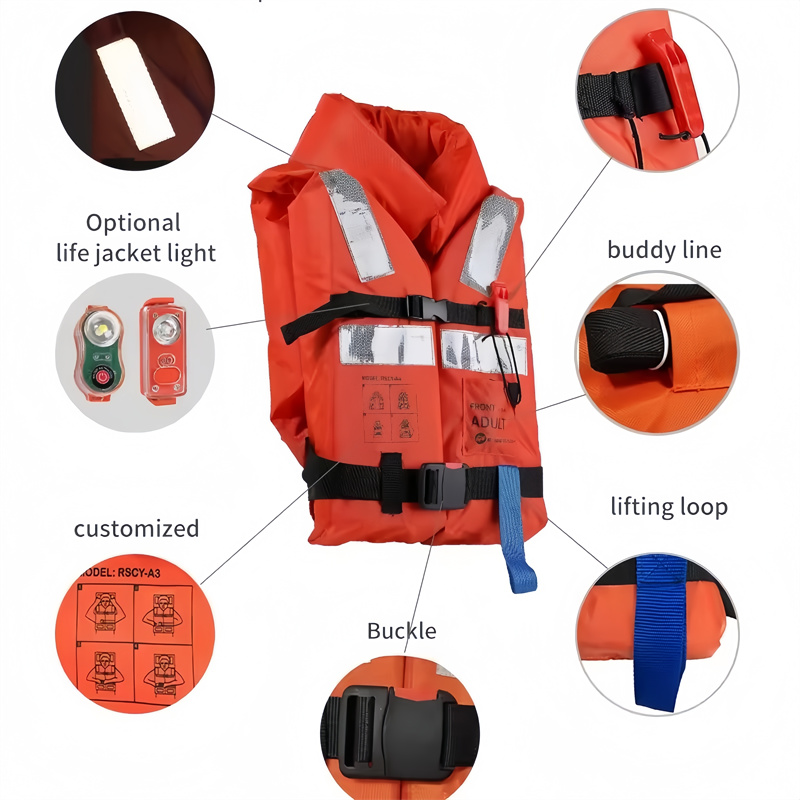
4. Integrated Safety Features
Safety is paramount in marine activities, and modern PFDs now include a host of integrated safety features that go beyond basic buoyancy. Reflective strips for visibility, whistles for signaling, and emergency beacons for distress are just a few examples of these advancements.
Key Advantages
- Visibility: Reflective materials make users more visible to rescue teams, other boaters, or nearby vessels in low-light conditions, such as at dusk, dawn, or nighttime.
- Emergency Signaling: Built-in whistles allow users to alert nearby individuals in case of distress, while GPS-enabled beacons can transmit the wearer’s location to emergency services or rescuers.
- Faster Response Time: Some PFDs come with built-in man-overboard alerts or automatic location tracking, which can notify rescuers instantly, potentially saving valuable time during an emergency.
These added features enhance safety, especially for those engaging in high-risk activities or venturing into remote or open water areas.
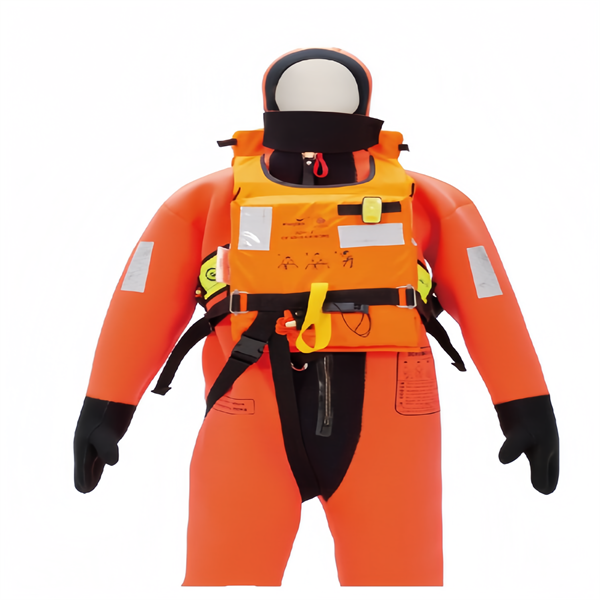
5. Smart Technology
In the age of connected devices, smart PFDs are the next frontier in water safety. These high-tech life jackets are equipped with sensors, GPS, and communication systems that allow for real-time monitoring and emergency alerts. For example, some PFDs can track a wearer’s heart rate, detect if they’ve fallen into the water, or automatically send out distress signals in the event of an accident.
Key Advantages
- Health Monitoring: Built-in sensors can track vital signs like heart rate and body temperature, alerting the wearer or emergency services if a medical issue arises.
- Automatic Alerts: In the event of a fall or emergency, smart PFDs can automatically notify nearby boats, emergency responders, or even friends and family.
- Real-Time Location Sharing: GPS-enabled devices can help rescue teams pinpoint the user’s exact location, improving response times in emergencies.
The integration of smart technology into PFDs represents a major leap forward in marine safety. These devices offer a higher level of protection and peace of mind, particularly for those engaging in solo activities or extreme water sports.
6. Eco-Friendly Materials
As environmental awareness grows, manufacturers are beginning to incorporate sustainable materials into PFDs. These eco-friendly devices are made using recycled fabrics, biodegradable foams, and non-toxic coatings that help reduce the environmental impact of manufacturing.
Key Advantages
- Reduced Environmental Impact: By using sustainable materials, PFD manufacturers are contributing to a cleaner, greener environment while still maintaining performance standards.
- Durability and Performance: Eco-friendly PFDs are designed to be as durable and functional as traditional models, ensuring that users don’t have to sacrifice quality for sustainability.
As consumers become more eco-conscious, the demand for environmentally friendly marine products is likely to grow, pushing manufacturers to develop even more sustainable alternatives.
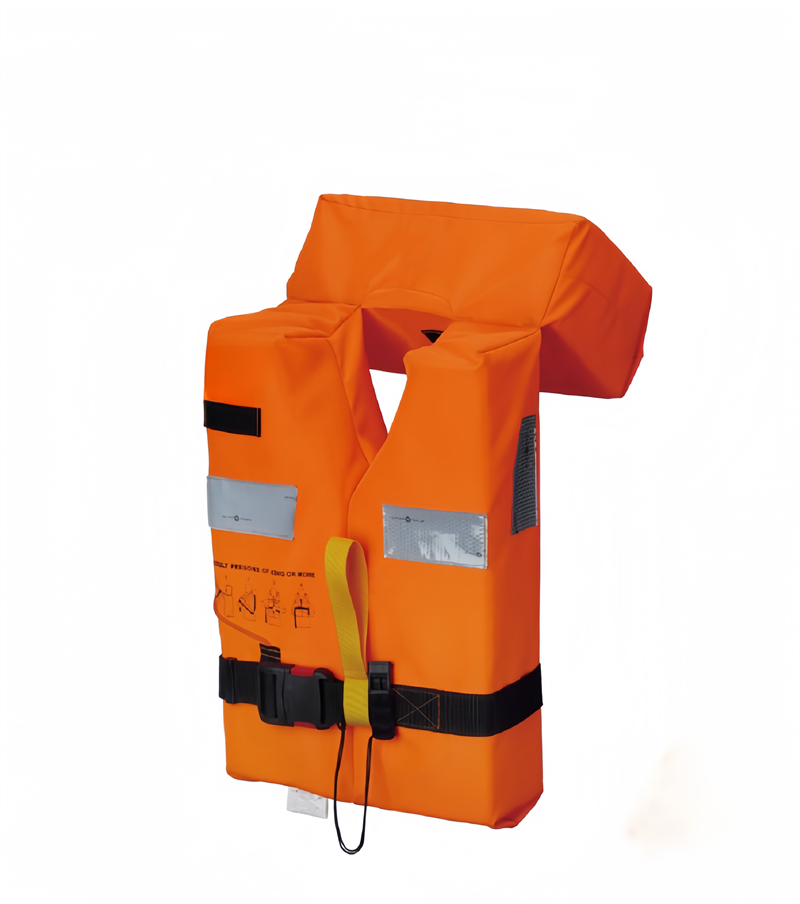
Key Factors to Consider for Choosing the Right Personal Flotation Devices for Your Marine Activity
| Factor | Description | Relevant Activities |
| Buoyancy Level | Ensure the PFD provides adequate flotation for your weight and activity. | – Offshore boating (Type I) – Calm waters (Type III) – Inflatable (Type V) |
| Fit and Comfort | The PFD should fit snugly without restricting movement. Adjustable straps help. | – Kayaking – Paddleboarding – Fishing |
| Activity-Specific Design | Choose a PFD designed for your specific activity (e.g., high-back for kayaking). | – Kayaking (high-back) – Fishing (tool holders) – Sailing (harness compatible) |
| Inflation Mechanism | Decide between automatic, manual, or hybrid inflation for inflatable PFDs. | – Boating (automatic) – Water sports (manual) |
| Durability | Look for materials resistant to UV, saltwater, and wear. | – Offshore fishing – Sailing – Professional marine work |
| Visibility Features | Reflective strips and LED lights improve visibility in low-light conditions. | – Night fishing – Offshore sailing – Emergency situations |
| Technology Integration | GPS, Bluetooth, and emergency beacons enhance safety and communication. | – Offshore boating – Rescue operations – Long-distance kayaking |
| Storage and Accessories | Pockets, hydration packs, and tool holders add convenience for specific needs. | – Fishing (bait pockets) – Kayaking (storage) – Long trips (hydration packs) |
| Certification | Ensure the PFD meets safety standards (e.g., U.S. Coast Guard, ISO). | All marine activities |
| Weight and Portability | Lightweight PFDs are easier to wear for extended periods. | – Paddleboarding – Kayaking – Recreational boating |
| Environmental Impact | Consider eco-friendly materials and sustainable manufacturing processes. | All marine activities (for environmentally conscious users) |
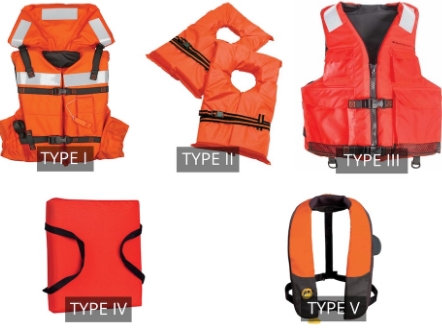
By considering these factors, you can select the right personal flotation devices to ensure safety, comfort, and functionality during your marine adventures.
Summary
With innovations in comfort, buoyancy, durability, and integrated technology, advanced personal flotation devices offer unparalleled protection while allowing users to enjoy their water activities with greater freedom and confidence. Whether you’re an avid sailor, a weekend fisherman, or someone just exploring water sports,selecting the right PFD is essential for safety.


